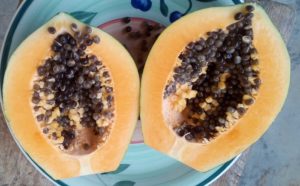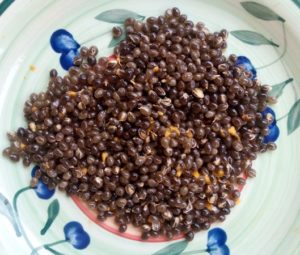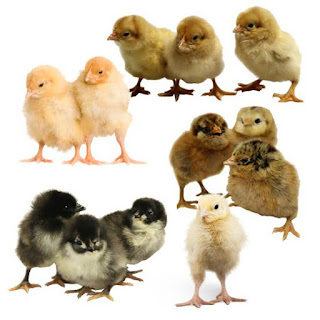Contact us on Whatapp To Get Your Copy
Send us message here to get your own copy
Contact us on Facebook to get your Copy
POSTED INHEALTH TIPS
10 Confirmed Health Benefits Of Pawpaw Seeds: Skin Care, Weight Loss

Do you know that you can treat yourself with pleasure using Papaya seeds?
Pawpaw fruit, botanically called Carica papaya, is one of the most beneficial fruits on earth. The plant as a whole has a high medicinal value; the leaves, latex, seeds, and roots. None of these are waste; they play an important role in the well-being of humans.
The seeds of pawpaw have copious health benefits. Most of the disturbing and life-threatening diseases or ailments can be cured and controlled using pawpaw seeds. You can always stay healthy and treat unruly health condition at low cost using papaya seeds.
This is one of the natural ways of staying healthy and fit always.
You would agree with me that people spend a lot of money on weight loss therapy, liver diseases, birth control, skin care, easy digestion of food, too mention a few. These and other diseases can be cured and treated with pawpaw seeds.
The health benefits of pawpaw seeds used to clandestine; the seeds and the green peels are usually discarded, leaving the inner crunchy mesocarp for consumption. If you have been disposing pawpaw seeds, you have been making a lot of mistakes.
Recent Studies have shown that papaya seeds have a lot of health benefits and can effectively substitute the use of expensive drugs to treat common diseases.
I will reveal to you ten (10) different diseases or health conditions you can cure using just pawpaw seeds; not only that but also how you can prepare pawpaw seeds to maximize its health benefits as you read through.
10 Confirmed Pawpaw (Papaya) Seeds Health Benefits
- Pawpaw seeds cure Typhoid Fever
- It Cure Liver and Kidney Disease
- Cure Stomach Ulcer
- Papaya Seed Regenerate Dead Skin Cells Hence Maintain the Beauty of The Skin.
- Protect the Digestive System & Improve Intestinal Health.
- Papaya Seed Increase Sperm Production for a Man and Help Fertility of The Eggs for Women
- Pawpaw seed is good for weight loss and control
- Minimize the Risk of Cancer.
- Pawpaw seeds have anthelmintic property; hence, help get Rid of Body Parasites.
- Minimize Menstrual Pain for Women
How to prepare Pawpaw (Papaya) Seeds for various treatments.

Firstly, you need to get a mature and fully ripe pawpaw fruit. Why?
Because the seeds in mature and fully ripe pawpaw fruits are mature and contain the needed compounds to enhance the health benefits.
Cut through the fruits from the top; scope out the seeds with a spoon. You can dry the seeds to reduce the moisture content or use it fresh. Grind up fresh or Dried pawpaw or Papaya Seeds, using a Pepper Grinder or Mortar and Pestle to form a mash.
Keep the mash in a container for storage. Mix about one mil of the mash with a tablespoon of fresh Lime Juice or Lemon Juice. Drink this mixture twice a day, after breakfast and dinner later in the day, for a month. It does the above health benefits.
Note: Do not mix the lime and pawpaw seeds mash together for storage, you store them separately; you only mix anytime you want to drink.
You can as well snack on the dried papaya seeds anytime any day; it is good for the body metabolism. Make this self-therapy a regular activity to better maximize the health benefits of the pawpaw seeds.



















